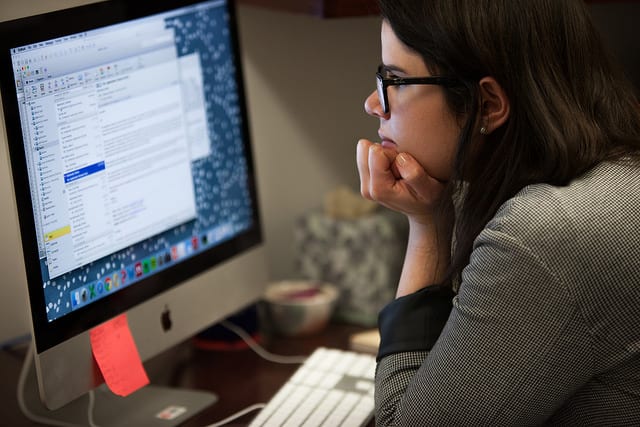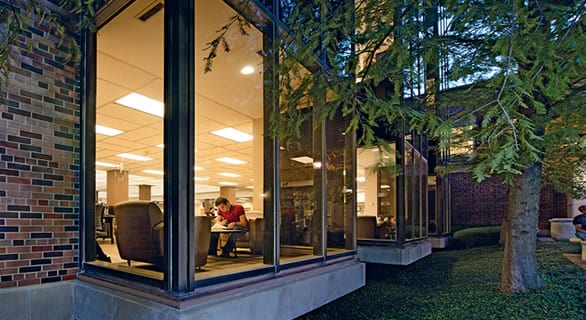 The OE2C Finance Initiative, led by Project Manager Ernie Barry and made up of three sub-teams, began with the purpose of evaluating and exploring opportunities for improving efficiency and effectiveness within the finance function across campus.
The OE2C Finance Initiative, led by Project Manager Ernie Barry and made up of three sub-teams, began with the purpose of evaluating and exploring opportunities for improving efficiency and effectiveness within the finance function across campus.
The Budget sub-team, led by Clint Gilchrist, evaluated the current budget model and processes at SMU. The team interviewed 13 of our peer universities to benchmark and take advantage of lessons learned and best practices in budgeting. With input, help and feedback from many leaders across campus, the team developed a recommendation that was further refined in a workshop with the deans and vice presidents. The recommendation, which will be presented to the OE2C Steering Committee in the coming weeks, focuses on transparency, data and providing leaders with the ability to plan long term. The Budget Office will carry out implementation of an approved recommendation.
The Data & Analytics sub-team, led by Marc Peterson, evaluated the use of data and information in decision-making at SMU. After developing a comprehensive catalog of University decisions, the team interviewed nine financial officers, four department heads in the Finance area and three assistant deans to better understand the data and information gaps. Through these interviews, it was determined that, though exceptional amounts of data exist, they are difficult to access and excessive amounts of time are required to turn the data into usable information. In the coming weeks the team will be working to build sample dashboards that provide relevant information to decision-makers across campus.
The Service Delivery sub-team, led by Roland Webb, spent the past few months gathering and analyzing data to fully understand the size and breadth of the finance organization at SMU. The team began by developing a catalog of finance activities performed at SMU. Using that catalog, they developed and administered a survey that was completed by finance leaders across campus. The survey results confirmed that SMU finance work is 90 percent transactional and enabled the team to begin exploring efficiency improvement opportunities, including several quick wins that will go to the Steering Committee in the near future. One survey finding showed that an exorbitant amount of time is spent on journal entries. In the coming weeks the team will evaluate efficiency, reduction and redesign opportunities to minimize the need for journal entries across campus.




